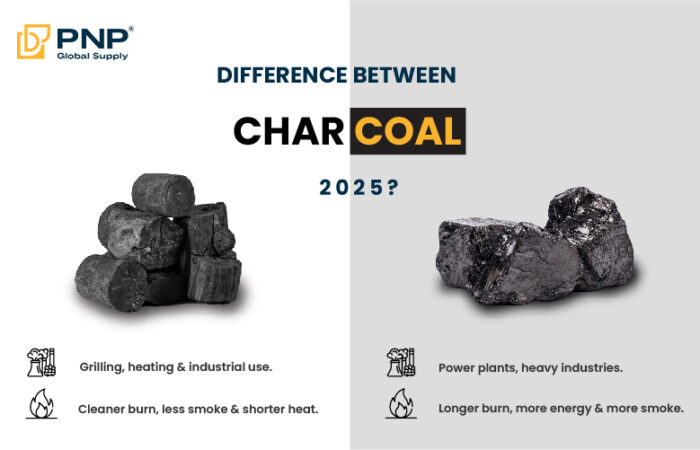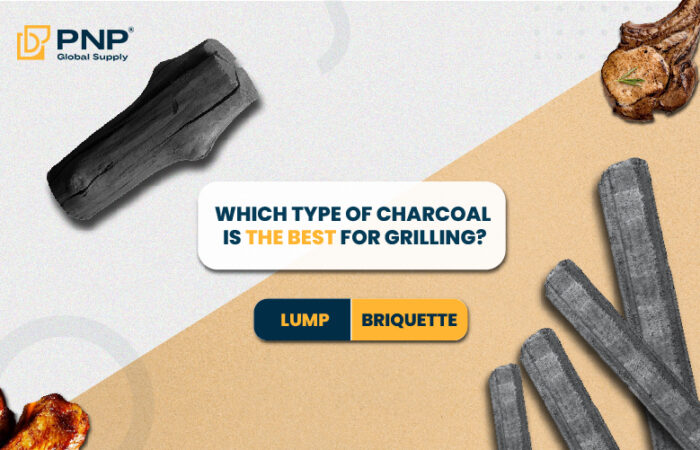Charcoal has been an integral part of cooking for centuries, adding a unique smoky flavor to dishes that is hard to replicate with other cooking methods. From the bustling streets of Tokyo to the backyards of Texas, charcoal is a beloved fuel source that elevates the taste of food across the globe. This article explores the role of charcoal in various international cuisines, delving into how it is used in typical dishes from different cultures and regions.
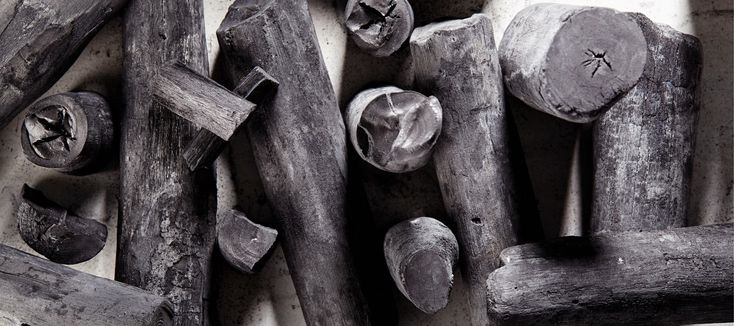
1. Benefits of Charcoal Cooking
Cooking with charcoal offers numerous benefits that go beyond just flavor enhancement.
1.1. Enhancing Flavors
Charcoal cooking adds a unique smoky flavor to food that is difficult to achieve with other cooking methods. The high heat of the charcoal also helps to caramelize the natural sugars in food, creating complex and rich flavors.
1.2. Creating Unique Textures
The intense heat of charcoal cooking creates a crispy, charred exterior on food while keeping the inside tender and juicy. This contrast in textures adds an extra dimension to dishes, making them more enjoyable to eat.
1.3. Adding Visual Appeal
Charcoal cooking not only enhances the taste and texture of food but also adds visual appeal. The dark, smoky char marks on grilled food make it look more appetizing and evoke a sense of rustic, authentic cooking.
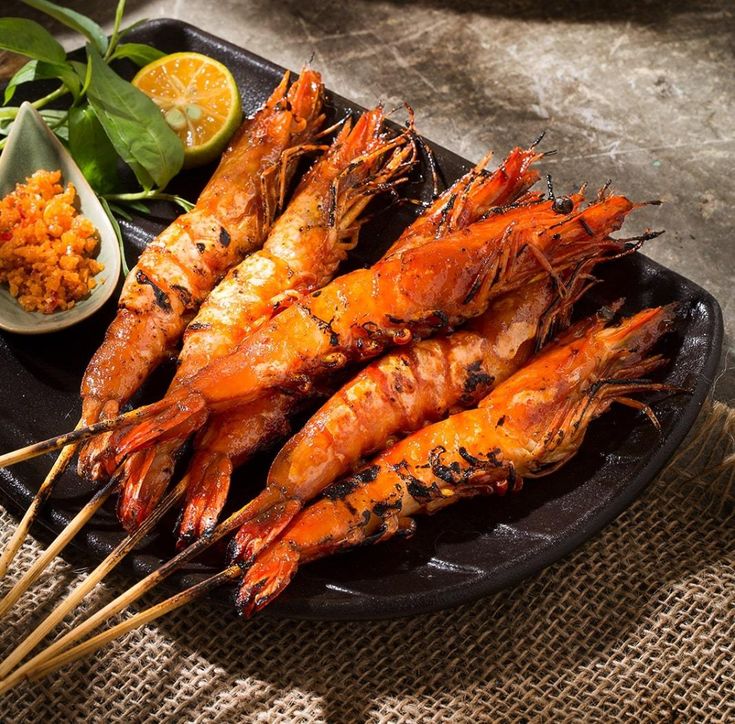
2. Charcoal in Japanese Cuisine
Japan is renowned for its culinary artistry, and charcoal plays a significant role in many traditional dishes.
2.1. Yakitori
Yakitori, or grilled chicken skewers, is a popular Japanese dish often enjoyed with a cold beer. The chicken is skewered and cooked over a special type of charcoal called Binchotan, which burns at a high temperature and infuses the meat with a delicate smoky flavor without overpowering it. The result is juicy, flavorful chicken with a slightly charred exterior.
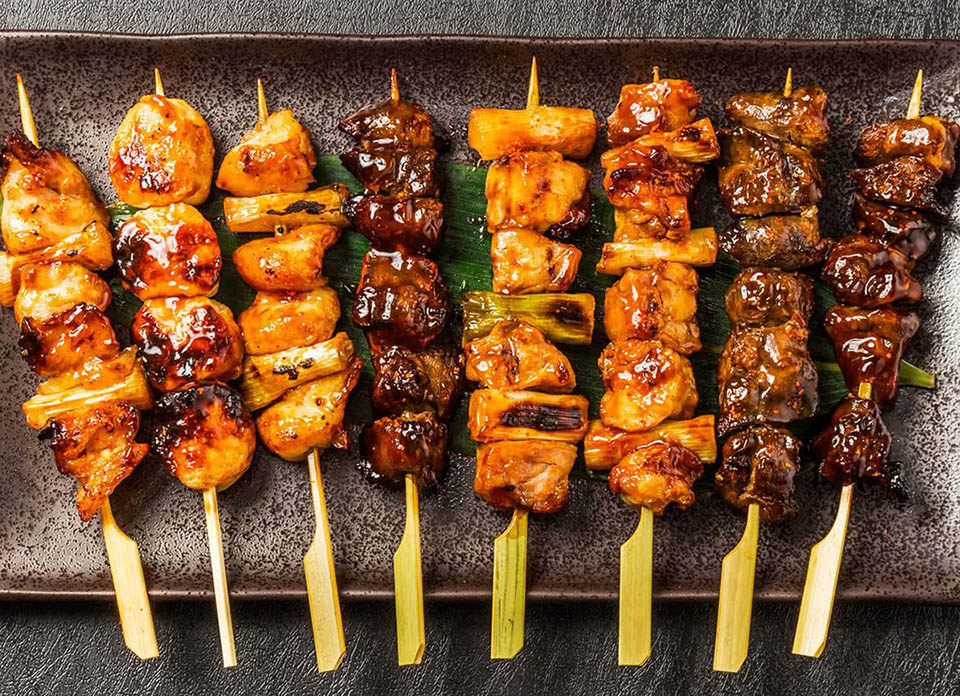
2.2. Shichirin
Another staple in Japanese cuisine is the Shichirin, a small, portable charcoal grill. This grill is often used to cook a variety of foods, including seafood and vegetables. The high heat of the charcoal ensures that the food is cooked quickly, sealing in the natural flavors and juices. Whether it’s grilling fresh fish or roasting seasonal vegetables, the Shichirin adds a distinct flavor that is quintessentially Japanese.
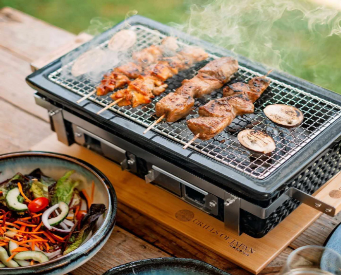
3. Charcoal in Korean Cuisine
Korea’s love for grilled food is evident in dishes that are a staple at BBQ restaurants and home gatherings alike.
3.1. Bulgogi
Bulgogi, which translates to “fire meat,” is a classic Korean dish made with thinly sliced beef marinated in a sweet and savory sauce. Traditionally, bulgogi is grilled over charcoal, which adds a subtle smoky flavor that complements the marinade. The high heat from the charcoal grill caramelizes the sugars in the marinade, creating a deliciously complex flavor profile.
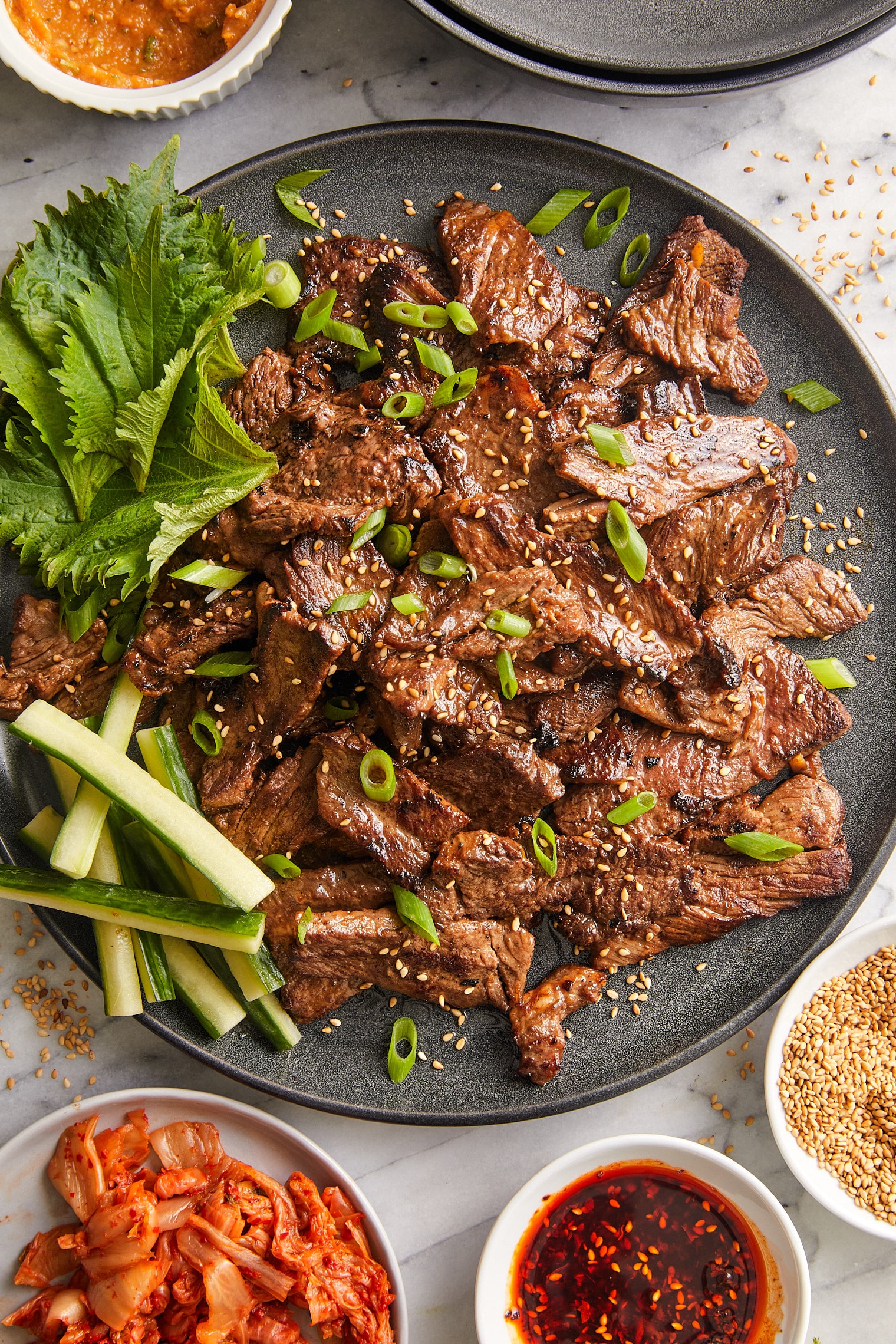
3.2. Samgyeopsal
Samgyeopsal, or grilled pork belly, is another beloved Korean dish often enjoyed during social gatherings. The pork belly is grilled over charcoal and served with various accompaniments such as garlic, green onions, and ssamjang (a spicy dipping sauce). The charcoal gives the pork a crispy exterior while keeping the inside tender and juicy, making it a perfect dish for sharing with friends and family.
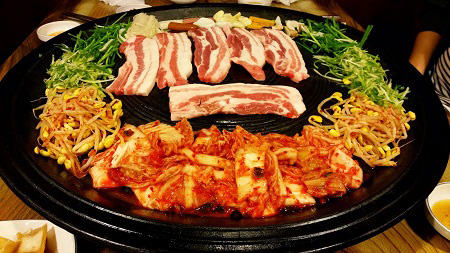
4. Charcoal in American Cuisine
In the United States, grilling and BBQ are not just cooking methods but cultural phenomena that bring people together.
4.1. Barbecue (BBQ)
Barbecue is a time-honored tradition in American cuisine, especially in the southern states. Various meats, such as ribs, brisket, and pulled pork, are slow-cooked over charcoal to achieve a tender, smoky flavor. The low and slow cooking method allows the meat to absorb the smoky essence of the charcoal, resulting in dishes that are rich in flavor and melt-in-your-mouth delicious.
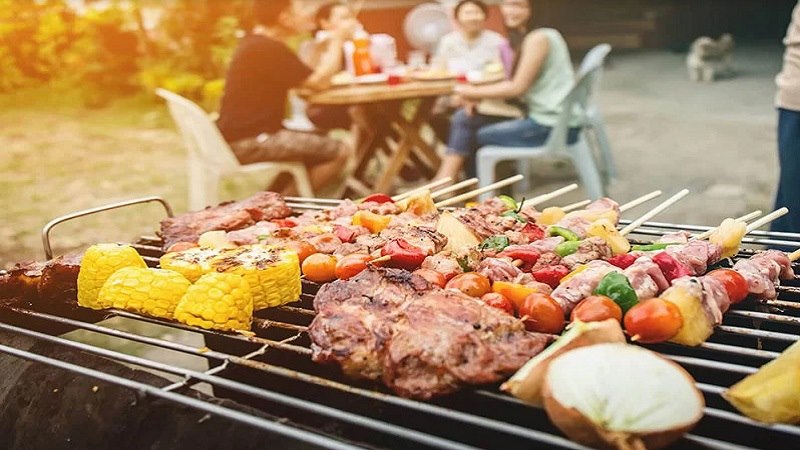
More: Tips for Maximizing Flavor with Premium Mangrove Charcoal Grilling
4.2. Charcoal-Grilled Vegetables
Charcoal grilling is not limited to meats. Vegetables such as corn on the cob, bell peppers, and zucchini benefit greatly from the high heat and smoky flavor of charcoal. The grilling process enhances the natural sweetness of the vegetables while adding a charred, smoky undertone that complements their freshness.
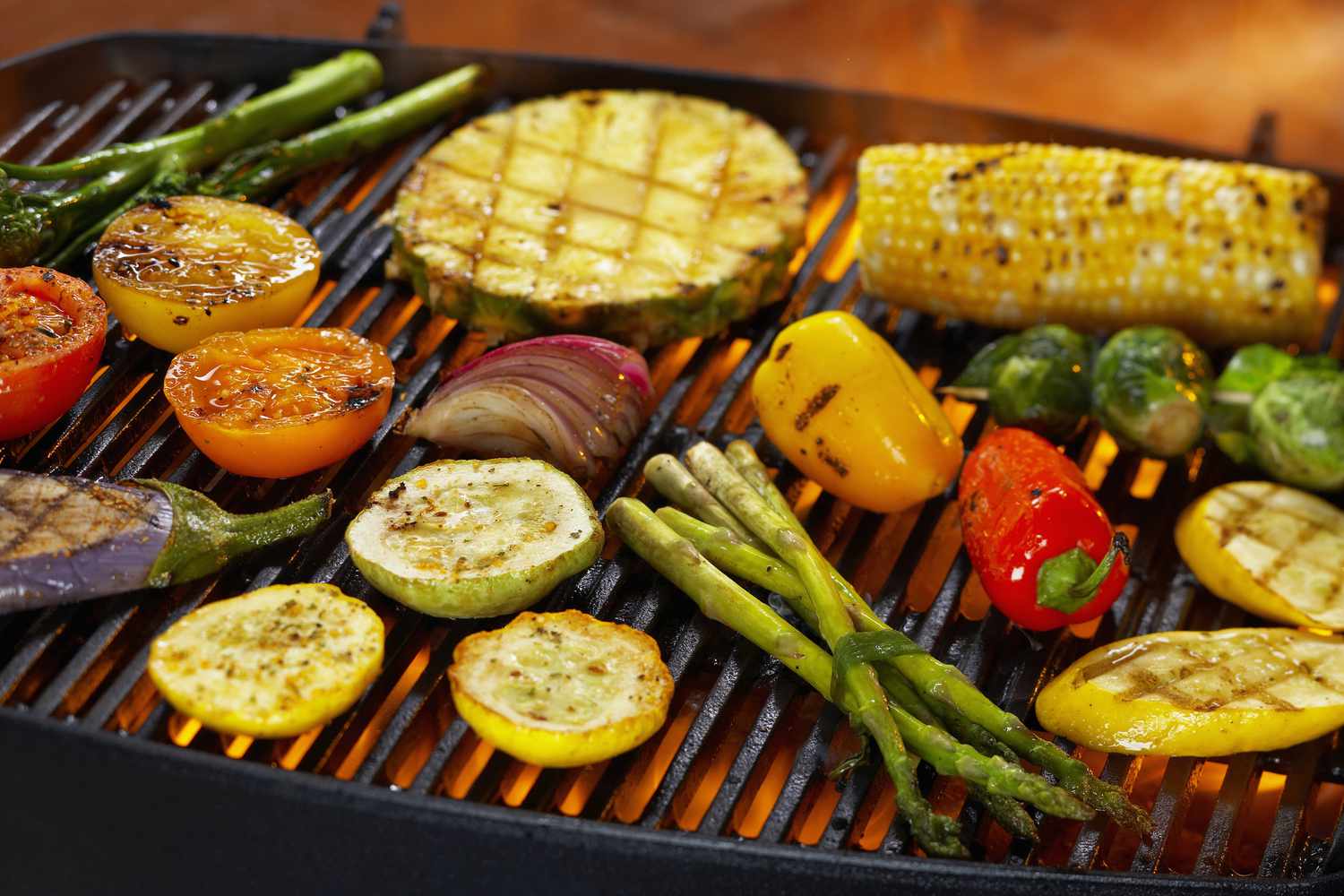
5. Charcoal in Italian Cuisine
Italy, known for its emphasis on fresh, high-quality ingredients, also uses charcoal in some of its traditional dishes.
5.1. Pizza
While wood-fired ovens are traditionally associated with Neapolitan pizza, some pizzerias use charcoal ovens to achieve a crispy crust with a unique smoky flavor. The intense heat of the charcoal oven cooks the pizza quickly, creating a perfect balance between a crispy exterior and a soft, chewy interior.
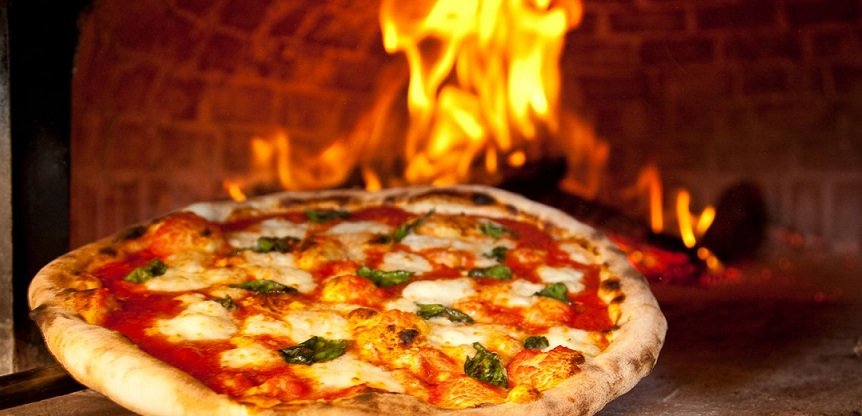
5.2. Focaccia
Focaccia, a popular Italian bread, can also be baked with charcoal. The charcoal imparts a subtle smoky flavor to the bread, adding an extra layer of complexity to its taste. The result is a deliciously aromatic bread with a dark, inviting crust.
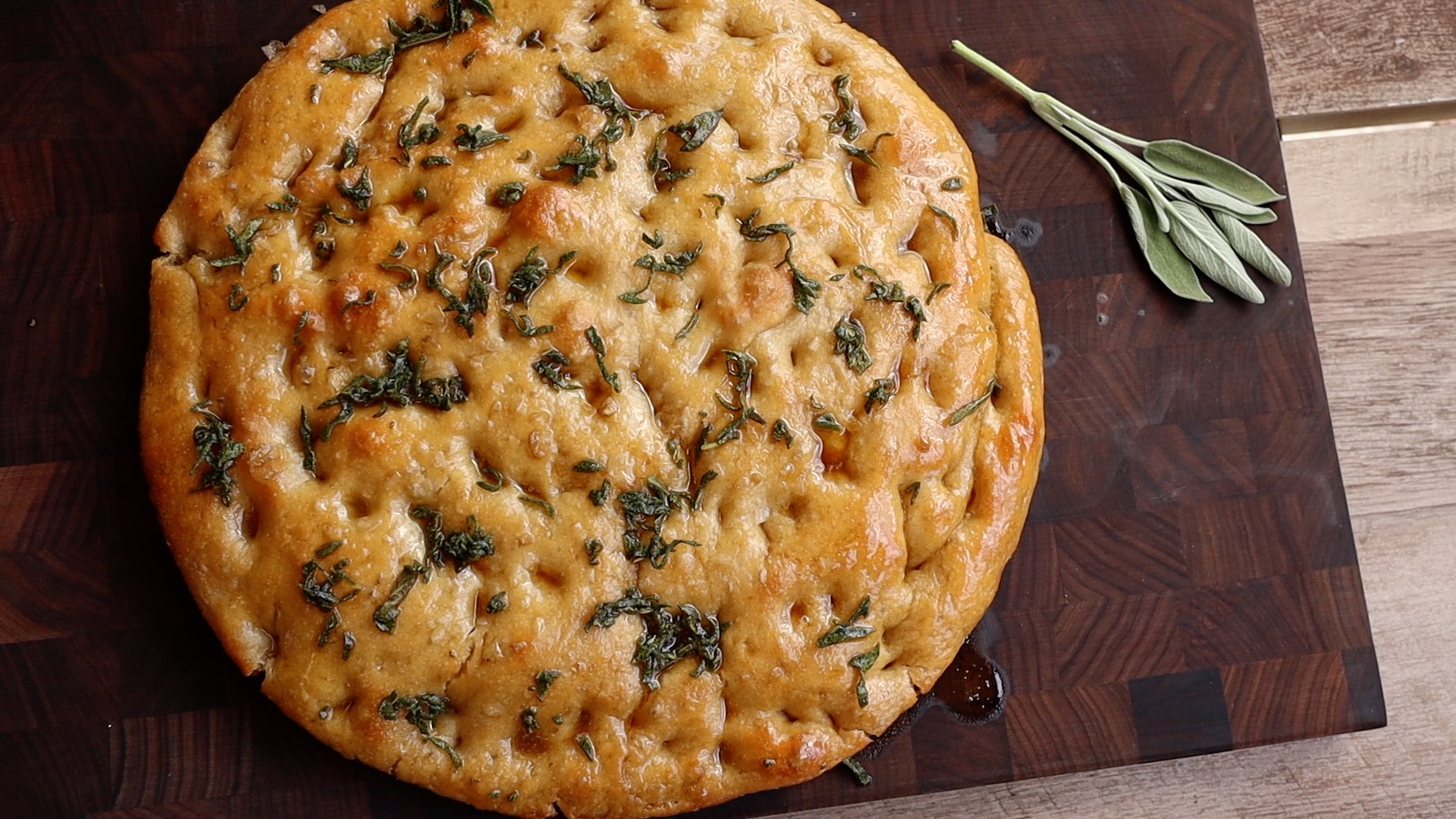
6. Charcoal in Indian Cuisine
In India, the use of charcoal in cooking is synonymous with the rich flavors and aromas of tandoori dishes.
6.1. Tandoori Chicken
Tandoori chicken is a quintessential Indian dish where chicken is marinated in yogurt and spices before being cooked in a tandoor, a clay oven fueled by charcoal. The high heat of the charcoal tandoor sears the chicken, locking in the juices and imparting a smoky flavor that is enhanced by the charred edges.
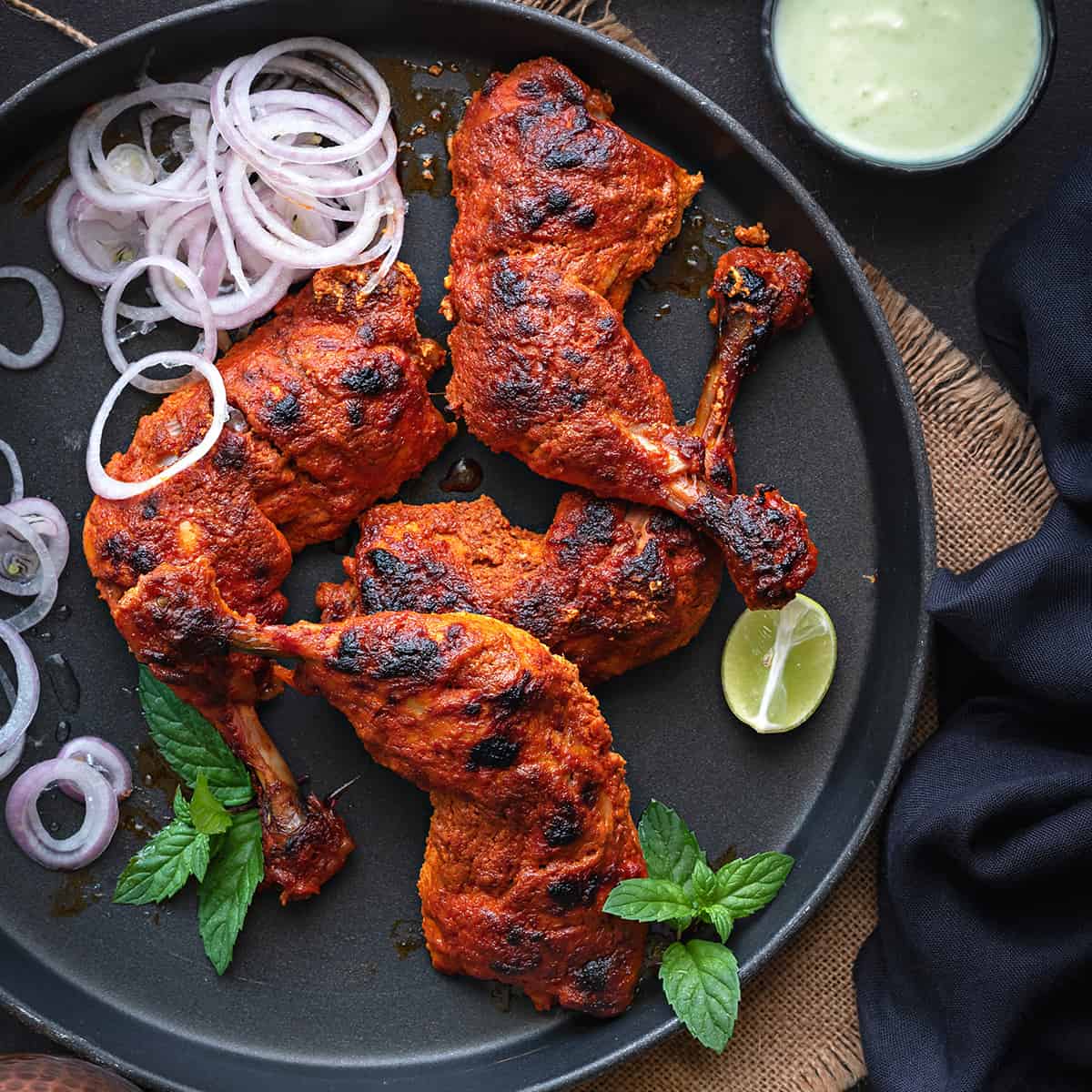
6.2. Charcoal-Grilled Paneer
Paneer, or Indian cottage cheese, is often grilled over charcoal to create a smoky-flavored vegetarian dish. The firm texture of paneer holds up well to grilling, and the charcoal adds a rich, earthy flavor that complements the mild taste of the cheese.
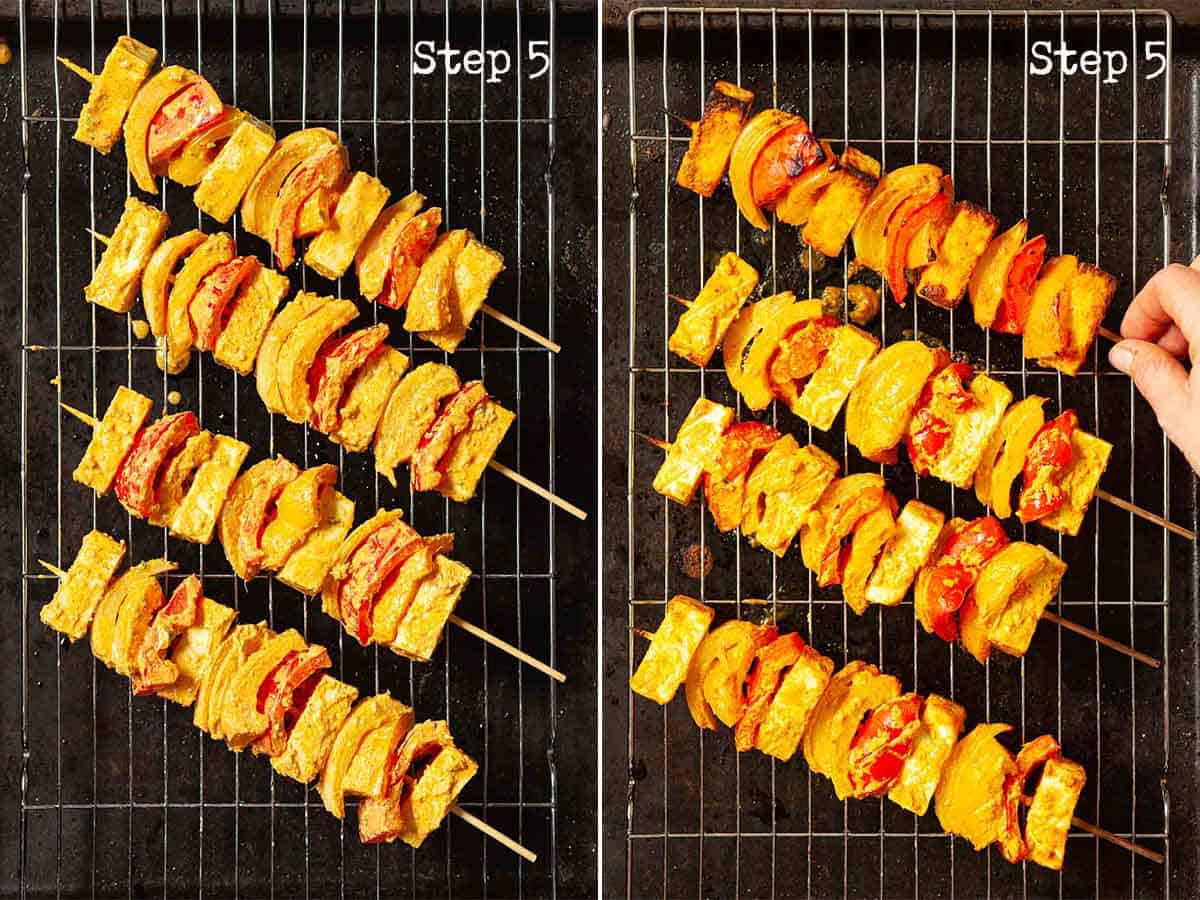
7. Charcoal in Mexican Cuisine
In Mexican cuisine, charcoal grilling adds depth and authenticity to many traditional dishes.
7.1. Carbon Tacos
Tacos al Carbon, or charcoal-grilled tacos, feature meat (usually beef or pork) that is grilled over charcoal and served in warm tortillas. The smoky flavor of the charcoal enhances the taste of the meat, making these tacos a favorite at street food stalls and family gatherings alike.

7.2. Charcoal-Grilled Corn
Charcoal-grilled corn, known as Elote, is a popular Mexican street food. The corn is grilled over charcoal until it’s slightly charred, then slathered with a mixture of mayonnaise, cheese, chili powder, and lime juice. The combination of the smoky, charred corn with the creamy, tangy toppings makes for an irresistible treat.

8. Choosing the right charcoal makes the dish more delicious
Choosing quality charcoal for cooking is an important factor in helping your food taste delicious and be safe for your health. First, choose charcoal from hardwoods such as mangrove, hickory, or maple, as they burn longer and produce less smoke than softwood charcoal.
When choosing charcoal, look for pellets that are uniform in size and shape to ensure they burn evenly and the temperature is easy to control.
Humidity is also a factor to keep in mind; Dry coal will burn better and produce less smoke than moist coal. Check the moisture content of coal before buying and choose coal that is dry and not moldy. It’s also important that charcoal catches fire easily and maintains a stable temperature. You can test it by burning a few.
You should buy coal from reputable brands to ensure quality and safety. In addition, choosing coal from sustainable sources is also important to protect the environment. Finally, choose natural charcoal that does not contain additives or chemicals to ensure safety for your health and taste of the dish.
Choosing the right charcoal makes the dish more delicious
9. PNP – quality charcoal supply
PNP is proud to be a top quality charcoal supplier, ensuring all your barbecues are perfect. With carefully selected charcoal products, PNP brings you charcoal with stable burning, low smoke and high temperature, helping food cook evenly and retain its natural flavor. Not only that, PNP’s coal is also environmentally friendly, minimizing harmful emissions. Putting your trust in PNP, you will have wonderful BBQ experiences and memorable picnic parties. Let PNP accompany you in every barbecue party!
PNP – quality coal supply
10. Conclusion
From the traditional tandoori dishes of India to the smoky BBQ of the American South, charcoal is a versatile cooking tool that enhances the flavors and textures of food across various cuisines. Its unique ability to impart a smoky flavor and create a charred exterior makes it an invaluable addition to any kitchen. Whether you’re a seasoned chef or a home cook, exploring the use of charcoal in your cooking can elevate your dishes and bring a taste of international cuisine to your table.
________________________________
Contact us for more information
Facebook: PNP Charcoal
Instagram: PNP Charcoal
Email: info@pnpglobalsupply.com

